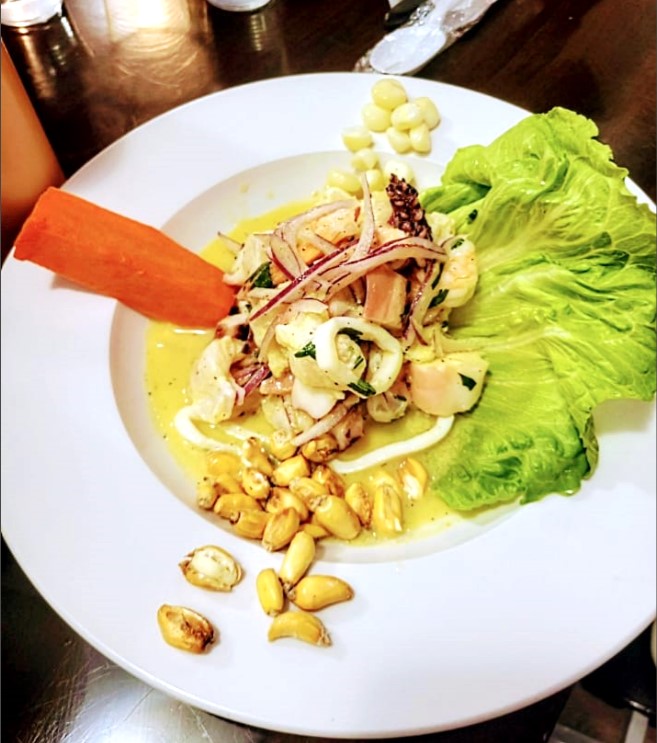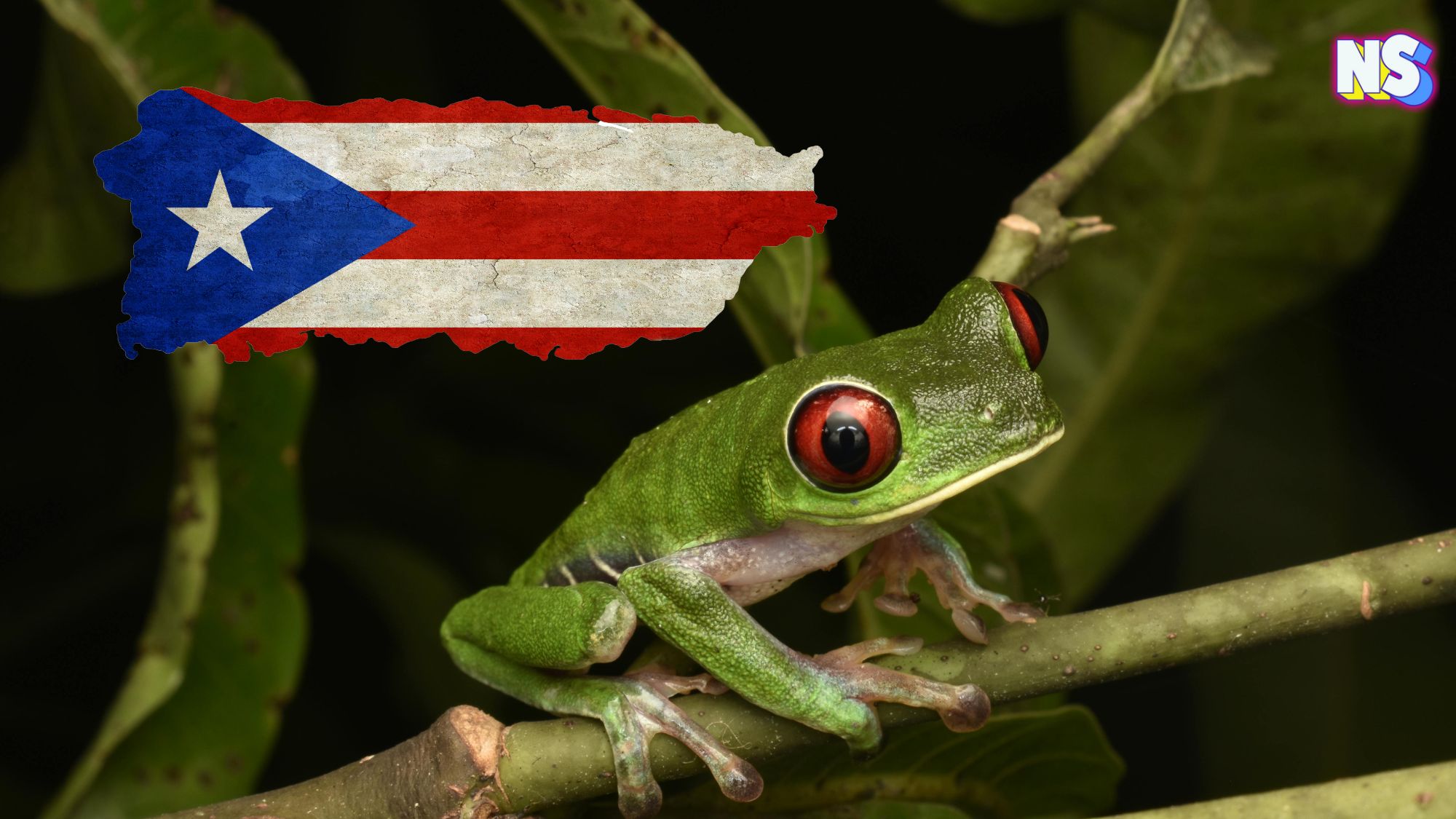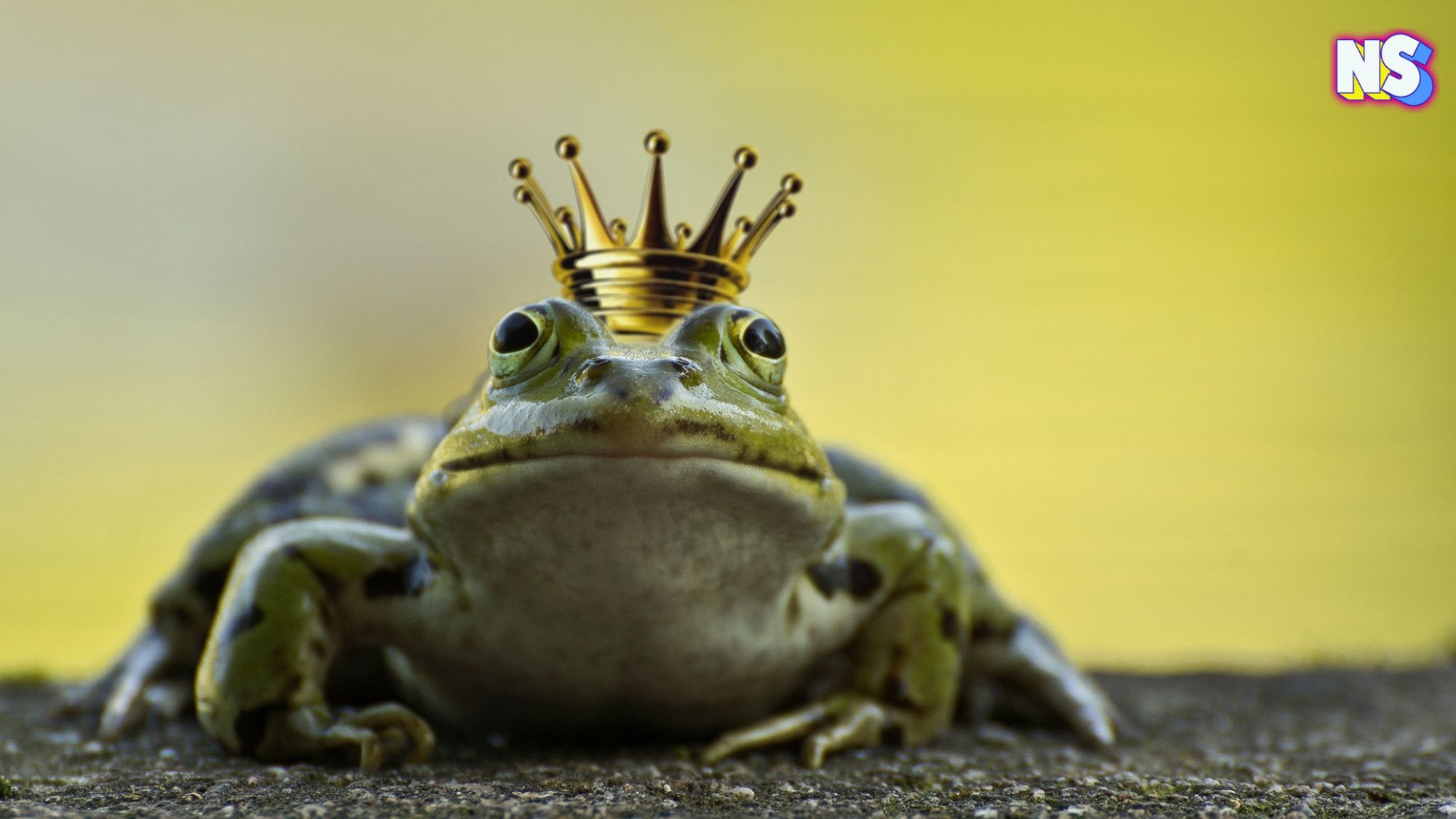Maybe you missed it, but Peruvian ceviche made headlines recently.
Like Korean Kimchi before it, Peruvian ceviche – namely the practices and meanings associated with the preparation and consumption of it – just made its way onto the United Nations Educational, Scientific and Cultural Organisation (UNESCO) list of Intangible Cultural Heritage.
This means the UN sees Peruvian Ceviche as an important food for humanity, and it needs to be protected.
But why?
Like, I’ve had Mexican and Nicaraguan ceviche. Both are delicious, but neither have made it to the UNESCO list. So what’s Peruvian ceviche?
“El ceviche peruano es lo maximo,” my Peruvian friend Christian tells me.
It’s the max, eh?
He’s a man of few words, so this dish must be good.
“There are lots of varieties of it,” he adds.
Now I’m intrigued, because, as far as I know, the other ceviches I’ve had are pretty much the same recipe: seafood marinated and cooked in citrus juices.
So I asked him for more details, including a recipe.
“I don’t have a recipe. But my cousin knows how to make it. He’s a fisherman in Peru,” Christian explains.
Now we’re cooking.
Time to find out why an ancient maritime Peruvian dish is making global headlines.
The Ancient Origins of Peruvian Ceviche
Ceviche, or cebiche, is a popular dish in Latin American cuisine, especially along the coastal regions. It typically consists of raw seafood (often fish or shellfish) that’s marinated in citrus juices, like lemon or lime, along with some seasonings such as onions, chili peppers, salt, and herbs.
The acidic juices in the marinade effectively “cook” the raw seafood by causing a process called denaturation, where the proteins in the fish change and turn opaque, giving it a cooked appearance and altering its texture.
The dish is often served cold and can include additional ingredients like tomatoes, cilantro, avocado, or coconut milk, depending on regional variations. It’s known for its fresh, tangy flavors and is enjoyed as an appetizer or main course – or even breakfast, according to Christian.
Yet, even though ceviche can be found everywhere in Latin America these days, its origin story goes way back to one country: Peru.
Aha! Peru is the birthplace of all ceviche!
“In fact, the concept of ceviche is so old we’ve no recipes for its earliest incarnations, which were probably made in or near Huanchaco, a town on the northern Pacific coast of Peru.,” National Geographic writes.
It’s believed that Peruvian fishermen ate their fish straight from the sea about 3,000 years ago.
“I was near to the archaeological digs of Montículo Cupisnique, within the El Brujo Archaeological Complex — one of the most ancient sites in Peru, predating even the Moche ,” Maricel Presilla, food historian and author of Gran Cocina Latina: The Food of Latin America tells National Geographic. “And I watched women catching small fish and seasoning them with a lot of ground, hot pepper and seaweed, and eating the fish just like that, with their hands, in their huts on the water. I can imagine the ancients doing the same, and the archaeologists there have found so many remains of seafood and fish in the guts of the mummies, and lots of hot pepper seeds.”
Historically, the Incan Empire used fruit juices, salt, and chili peppers to preserve the fish until Spanish conquerors introduced limes and ushered in the use of citrus juices.
Ceviche in Latin America
Outside of Peru, across South and Central America, ceviche manifests myriad forms. According to Southern Living magazine, Ecuadorian ceviche is made up of shrimp and tomato sauce, while Mexican variants are accompanied by crispy tostadas or tortilla crisps. And Caribbean renditions bring a creamy dimension with the infusion of coconut milk.
But the foundation of the dish remains the same. It’s made with raw fish that is cured, or “cooked,” in lime juice, with most recipes consisting of raw fish in lime juice, salt, chili, and onion.
“As the proteins coagulate, the fish appears to cook, becoming firmer and opaque as the lime mingles with the other ingredients to create a fiery liquor known as leche de tigre (‘tiger’s milk’),” National Geographic explains.
Within Peru, great ceviche is everywhere.
“There are many cevicherias in Perú,” Christian adds.
Many what?
“Cevicherias are restaurants where they serve,” he tells me. “And ‘cevicheros’ and ‘cevicheras’ are the cooks who make the ceviche.”
Ceviche seems like serious business in Peru.
“Yes,” Christian says. “Super.”
Editor’s note: When researching this story, the Nuestro Stories team discovered great Peruvian Ceviche at La Granja in Miami. Here’s a picture of their ceviche mixto plate:





